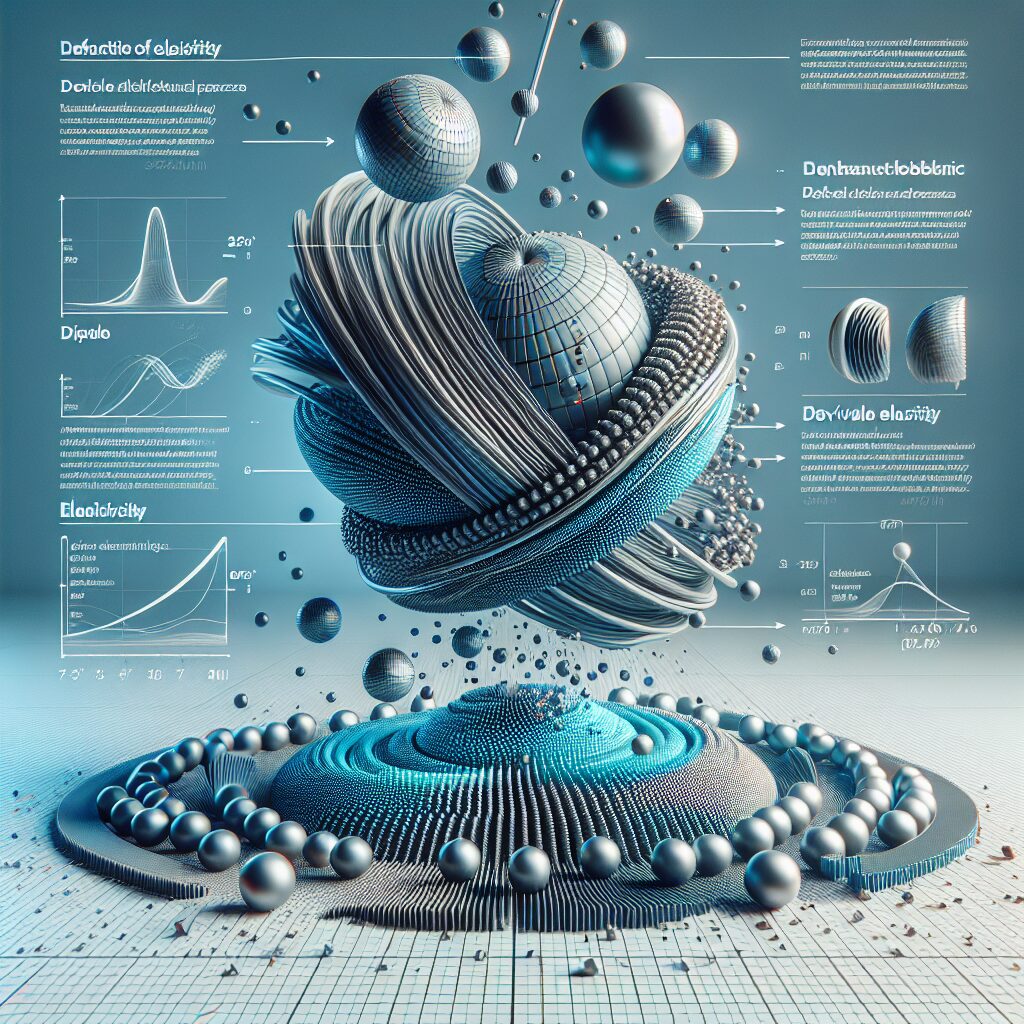Tripping balls is an informal slang term used to describe an intense, often overwhelming psychedelic experience. It is often used to describe a particularly strong reaction to a psychedelic drug, such as LSD, psilocybin, or DMT. While tripping balls can be seen as a fun and enjoyable experience for some, it can also be an intense and overwhelming experience for others.’Tripping Balls’ is a slang term used to describe being under the influence of psychedelic drugs, such as ‘magic’ mushrooms or LSD. It is associated with experiencing intense visual and auditory hallucinations, and can also lead to a feeling of euphoria.
What Are the Effects of Tripping Balls?
Tripping balls is a slang term used to describe the effects of hallucinogenic drugs like LSD, psilocybin, and MDMA. These drugs can produce a range of effects, from visual and auditory hallucinations to changes in mood and perception. The effects of tripping balls vary depending on the drug taken, the dose, and individual brain chemistry. Commonly reported effects include feelings of euphoria, intense sensory experiences, altered perceptions of time and space, and increased creativity. However, tripping balls can also lead to anxiety, paranoia, confusion, and even psychosis in some cases.
The physical effects of tripping balls can include increased heart rate and blood pressure, sweating or chills, dilated pupils, nausea or vomiting, muscle twitching or tremors, restlessness or agitation. These physical side effects usually last as long as the drug’s active ingredients remain in the body—typically for several hours after ingestion—but they can persist for up to 24 hours in some cases.
Tripping balls has been linked to long-term changes in mental health. Taking hallucinogenic drugs may trigger latent mental health issues like depression and anxiety disorders or exacerbate existing conditions. It may also cause flashbacks—intense recurrences of the drug experience that can occur days or weeks after taking it. Other long-term risks associated with tripping balls include persistent psychosis (a disorder characterized by disorganized thinking) and substance abuse disorder.
In general, tripping balls should be avoided due to its potential for causing serious psychological harm. If you choose to take hallucinogenic drugs despite this risk it’s important to take proper precautions such as having someone around who is sober enough to help you if needed and avoiding mixing with other substances like alcohol or opioids.
What Drug Is Used to Trip Balls?
The most commonly used drug for “tripping balls” is LSD (lysergic acid diethylamide). This psychedelic drug produces intense visual and auditory hallucinations, as well as altered states of consciousness. LSD is typically sold on the street in liquid or powder form, but is sometimes also sold in tablet or capsule form. When taken, LSD can cause users to experience powerful psychological effects, including intense feelings of euphoria, altered perception of time and space, and distorted sensory perceptions. Because of the unpredictable nature of its effects, it is important to take caution when using this drug. It is important to avoid using large doses or mixing it with other drugs or alcohol, as this can cause serious health risks.
What Does Tripping Balls Feel Like?
Tripping balls is a slang term for taking a strong hallucinogenic drug, such as LSD or psilocybin mushrooms. The experience of tripping balls can be very intense and can cause a person to experience sensations that are usually not felt in everyday life. The effects of tripping balls can include visual and auditory hallucinations, altered perception of time and space, and increases in creativity. People who have experienced tripping balls often describe feeling like they are in an alternate reality that is completely different from the one they are used to.
The physical effects of tripping balls can vary from person to person but often include increased heart rate, sweating, and nausea. Some people also find that their sense of touch is heightened when they’re tripping, which can make certain objects or surfaces seem more intense or pleasurable than they normally would.
The mental effects of tripping balls can range from confusion and disorientation to feelings of euphoria and blissful energy. People who trip often report having profound spiritual experiences or profound realizations about life or themselves that they wouldn’t have had otherwise. Tripping can also trigger strong emotions such as fear, joy, sadness, or anger which may lead to intense introspection and personal growth.
Overall, the experience of tripping balls is unpredictable and can be both enjoyable and overwhelming depending on a person’s mindset going into it. It is important to remember that while the effects may be intense, they are temporary and will wear off after the drug has left the body. Those who choose to experiment with hallucinogens should always do so responsibly with someone else present in case a difficult situation occurs.
Is Tripping Balls Dangerous?
Trying drugs can definitely be dangerous and tripping balls is no exception. The term “tripping balls” is slang for taking a hallucinogenic drug, usually LSD or psychedelic mushrooms. Tripping balls can cause serious physical and psychological effects.
Physical effects of tripping balls include an increased heart rate, nausea, and changes in blood pressure. It can also cause a person to become disoriented and lose control of their body movements. These physical effects can be very dangerous if a person is not in a safe environment or is not supervised by someone who knows how to handle the situation.
Psychologically, tripping balls can cause paranoia, anxiety, depression, and confusion. There is also a risk of having a “bad trip” where an individual experiences intense fear or panic. This can lead to dangerous behaviors such as running away from the situation or even harming themselves or others.
The long-term effects of tripping balls are still not known as there has been limited research conducted on the subject. It is known that people who take hallucinogens may experience persistent psychological disturbances such as flashbacks and psychotic-like episodes after using them.
Overall, tripping balls should be avoided due to the potentially risky physical and psychological effects it may have on an individual’s health. If you know someone who has taken hallucinogens, it’s important to make sure they are in a safe environment with people who are able to help them if needed.

How Long Does a Trip Last When Taking the Drug to Trip Balls?
The length of a trip when taking the drug to trip balls depends on several factors, such as the type of drug, dosage, and user tolerance. Generally, users report that trips can last anywhere from a few minutes to several hours. The effects of the drug can be felt almost immediately after ingestion and can last for up to six hours. However, it is important to note that some users can experience lingering effects up to 24 hours after taking the drug. Additionally, some users may experience more intense or longer-lasting effects due to higher doses or increased user tolerance.
It is also important to understand that everyone’s experience with drugs is different, so it is difficult to predict exactly how long an individual’s trip will last. It is beneficial for anyone who is considering using the drug to trip balls to do their research and talk with others who have taken it before in order to get a better understanding of what they might expect from their own experience.
Furthermore, it is important for anyone considering using any type of recreational drug to be aware of the potential risks associated with doing so. It is important for users to take caution and be aware of any signs or symptoms that could indicate an adverse reaction or overdose. It is also important for users to understand that taking any kind of recreational drug can impair judgement and increase the risk for accidents or other dangerous situations.
What Are Some of the Common Side Effects of Tripping Balls?
Tripping balls, also known as hallucinogenic drug trips, can have a wide range of side effects. Common side effects include changes in senses, such as seeing things that aren’t there or hearing sounds that don’t exist. Other physical side effects can include nausea, chills, increased heart rate, and dilated pupils. In addition to physical side effects, mental side effects are common. These can include anxiety, paranoia, and confusion.
People may also experience feelings of detachment from reality or altered perceptions of time and space. There have also been reports of some people having intense and unpleasant experiences such as fear or panic attacks while tripping balls. It is important to remember that the intensity and duration of the experience can vary from person to person, so it is best to be prepared for any potential outcome when taking hallucinogenic drugs.
It is also important to note that hallucinogenic drugs can have long-term psychological side effects. These effects can include memory loss, difficulty concentrating, depression, anxiety disorders, and psychosis. If you are going to take hallucinogenic drugs it is important to be aware of these potential risks before doing so and to seek medical attention if any of these symptoms develop after taking hallucinogenic drugs.
Helping Someone Who’s Tripping Balls
When someone is tripping balls, they can experience a range of intense sensations and emotions that can be overwhelming. While it may seem like the best thing to do is to let them ride out the experience, there are some things you can do to help.
The most important thing is to remain calm and supportive. Speak in a soothing and reassuring voice, letting them know that you’re there for them and that everything will be alright. Keep distractions to a minimum and avoid loud noises or bright lights as these can make the situation worse.
Encourage your friend to focus on their breathing and remind them that the effects will eventually pass. Try to keep them in a safe space where they are comfortable and away from any potential dangers. If possible, try to get them into an environment with calming music or nature sounds so they can relax.
It’s also important not to leave your friend alone during this time as it can be very disorienting for someone who’s tripping balls. Let them know that you are there with them no matter what happens and provide physical touch if it feels appropriate. You want your friend to feel secure without feeling pressured or judged.
Finally, make sure that your friend doesn’t consume any more substances while they’re in this state as this could lead to further complications or even an overdose. Reassure your friend that you are looking out for their best interests and make sure they get home safely when the effects have worn off.

Conclusion
It is clear that tripping balls is not a phrase to be taken lightly. It can refer to a range of activities, all of which have the potential to cause harm if taken too far. From taking drugs to drinking alcohol, the mental and physical effects of these activities can be quite severe if precautionary measures are not taken. Therefore, it is important for individuals to understand what it means and take precautions when engaging in these activities.
Ultimately, tripping balls is an expression that can mean different things depending on context and activity. It most often refers to experiencing intense psychedelic effects from taking drugs or engaging in potentially dangerous behavior while drunk or high. Taking proper precautions and understanding the risks associated with such activities are essential for safe use of this expression.




